What's the meaning of the Rice (grain) »
Rice (grain)
This page is about the meaning, origin and characteristic of the symbol, emblem, seal, sign, logo or flag: Rice (grain).
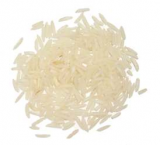
Throughout East and South Asia, rice cultivation stretches back many thousands of years, and it remains an immensely important foodstuff in both regions today. Over its very long history, this simple grain has acquired a vast number of symbolic meanings. While these connotations vary in specifics from region to region, they also display certain common themes.
At its most basic, rice is a symbol of abundance and fertility- traits it shares with other crops such as wheat and maize. As a staple food for so many people, it has also been assigned numerous positive values that could be considered fertility “derivatives”; these include good luck/prosperity, rebirth, health, wealth, and happiness. Rice is often associated with the divine, and so can symbolize immortality, as well as both physical and spiritual nourishment. These associations can be found throughout the regions where rice has long been a staple, but individual cultures also have their own stories about this most essential of edibles:
DISCLAIMER: THIS LIST OF SPECIFIC CULTURAL EXAMPLES IS LIMITED AND SELECTIVE.
CHINA:
● Although variations in landscape and climate means that rice cannot be grown everywhere in China, its importance from the earliest days of civilization is clear: Traditional Chinese mythology credits Shen Nong – a god/culture hero – with inventing agriculture and teaching the people how to cultivate rice.
INDIA:
● The custom of throwing rice at weddings originates from India, symbolizing wishes for good luck and children.
● Colored rice flour is used to create elaborate patterns, known as rangoli, on the ground in front of homes, often during religious festivals. Associated with Lakshmi, goddess of wealth and abundance, rangoli are also a reminder of material impermanence, and are meant to be gradually worn away over time.
JAPAN:
● In Shinto tradition, Inari is the patron god of agriculture and often associated with rice. At shrines dedicated to him, offerings of rice or other food are used in prayers and ceremonies.
- 3,280 Views
Graphical characteristics:
Asymmetric, Closed shape, Monochrome, Contains both straight and curved lines, Has crossing lines.
Categories: Chinese Symbols, Food Symbols and Symbolism, Good Luck Charms/Symbols, Religious Symbols.
Rice (grain) is part of the Hindu Symbols, Shinto groups.
More symbols in Hindu Symbols:
More symbols in Shinto:
Shinto (神道 Shintō?) or Shintoism, also kami-no-michi, is the indigenous spirituality of Japan and the people of Japan. It is a set of practices, to be carried out diligently, to establish a connectio… read more »
More symbols in Chinese Symbols:
China is one of the world's oldest and most long-lived cultures, with human settlement dating back to the Neolithic Era. Covering a vast region of eastern Asia, its many customs and traditions can va… read more »
More symbols in Food Symbols and Symbolism:

More symbols in Religious Symbols:
Religious symbolism is the use of symbols, including archetypes, acts, artwork, events, or natural phenomena, by a religion. Religions view religious texts, rituals, and works of art as symbols of co… read more »
Citation
Use the citation below to add this symbol to your bibliography:
Style:MLAChicagoAPA
"Rice (grain)." Symbols.com. STANDS4 LLC, 2024. Web. 26 Jul 2024. <https://www.symbols.com/symbol/rice-%28grain%29>.




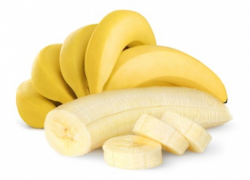


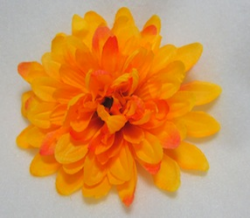



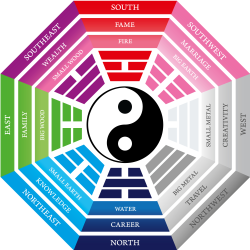



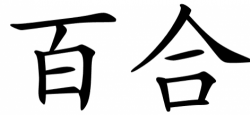
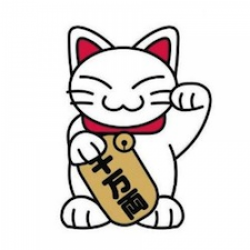
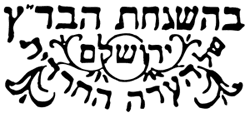
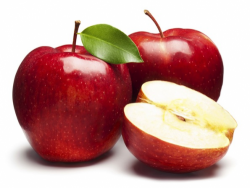
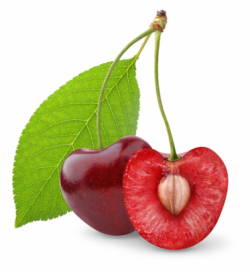
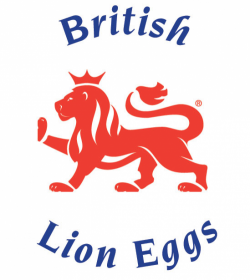




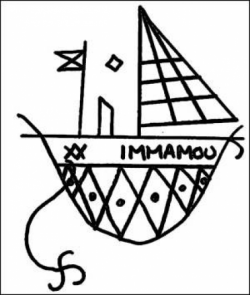

Have a discussion about Rice (grain) with the community:
Report Comment
We're doing our best to make sure our content is useful, accurate and safe.
If by any chance you spot an inappropriate comment while navigating through our website please use this form to let us know, and we'll take care of it shortly.
Attachment
You need to be logged in to favorite.
Log In